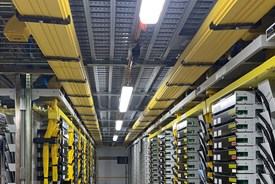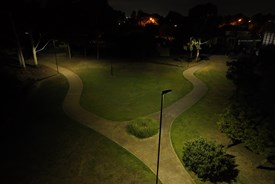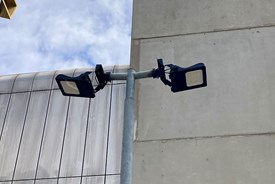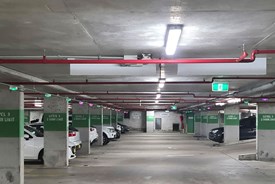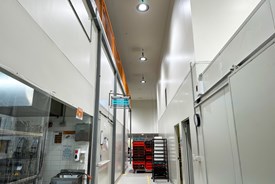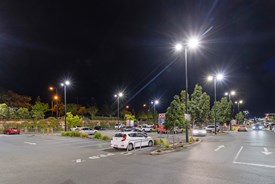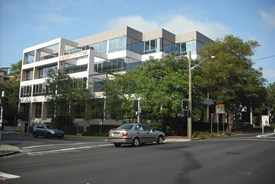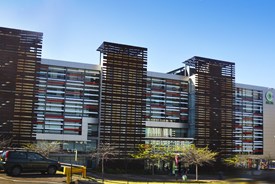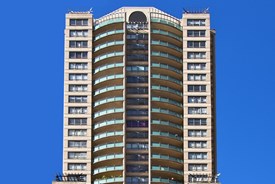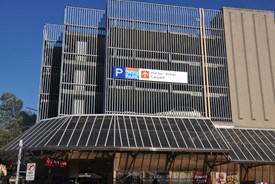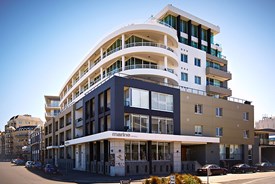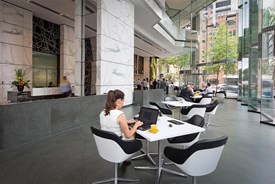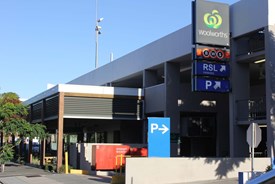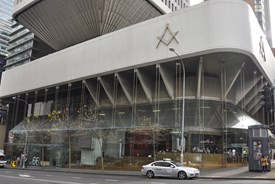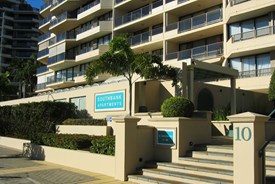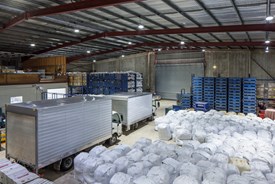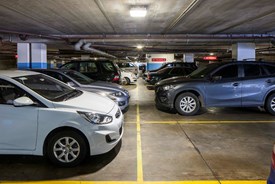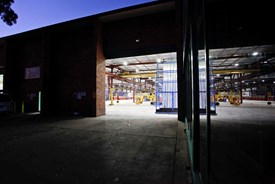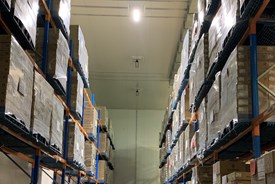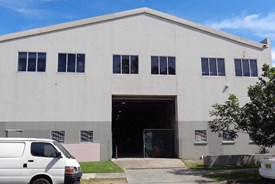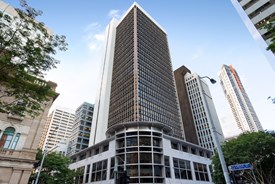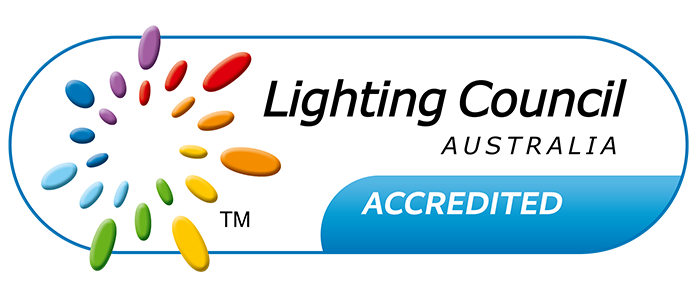Through smart lighting design & close collaboration, enLighten supported Swinburne University in meeting its environmental goals while delivering high performance &minimising disruption during installation.
Savings
Electricity: Croydon 122,000 kWh/pa and Wantirna 101,000kWh/pa kWh pa
Project Overview
Swinburne University completed a significant LED lighting upgrade at the Croydon and Wantirna campuses, installing over 2,000 new LED lights across offices, general classrooms, specialist technical trade teaching spaces, access roads, and carparks. This upgrade will reduce electricity use by 223,000 kWh per year, directly avoiding 189 tonnes of carbon emissions, which is equivalent to taking 75 cars off the road.
The project adopted a design-led approach to ensure each teaching space met the required light levels (LUX), with technical trade areas achieving LUX levels above 600 and even reaching 1,000, compared to the typical 320 LUX found in regular classrooms. This lighting design process optimised both energy efficiency and lighting quality, reflecting Swinburne’s commitment to reducing energy use and achieving carbon neutrality by 2025.
Testimonial
The new lighting improved our ability to visually examine the students’ work. We can see their welding and metal work easier and assess if it meets the required standards.
The Solution
The project involved a comprehensive upgrade of lighting across two campuses, with careful planning and execution to minimise disruption during the school term. The challenges of maintaining student and staff safety, as well as coordinating around busy academic schedules, were addressed through meticulous project management. Collaborating with enLighten's Lighting Design team allowed Swinburne to tailor the lighting solutions to meet specific requirements. Utilising enLighten's extensive product range ensured that 90% of the necessary equipment was supplied, streamlining the supply chain and reducing transportation needs and emissions.
Why enLighten?
Swinburne University chose enLighten Australia based on several key factors:
- Sustainability commitment: enLighten's focus on sustainability aligns with the university's environmental goals.
- Reliability: enLighten has a proven track record with successful installations and satisfied clients, noted for the durability and performance of its products.
- Customer Support and Service: enLighten is recognised for exceptional customer service, providing strong support and expertise in technical matters, which extends beyond the initial sale.
- Partnerships with Installers: Collaboration with installers ensures that enLighten’s products are easy to install and maintain, contributing to reduced project timelines and costs.
The Croydon and Wantirna lighting upgrade demonstrates enLighten’s ability to deliver reliable, sustainable, and tailored lighting solutions for education environments. This project highlights how smart design and collaboration can achieve measurable environmental outcomes without compromising performance or disrupting learning.
More Case Studies
Help us tailor your experience
We’d love to better understand who’s visiting. This isn’t data collection, just a quick way to help us design a better site for you.
